Mountainsmith ambassador Chris Vultaggio has worked his fair share of jobs in the cold weather, and knows full-well how it can wreak havoc on your performance as a photographer. From dead batteries to over-exposure, he shares here how to deal with the elements during the winter months.
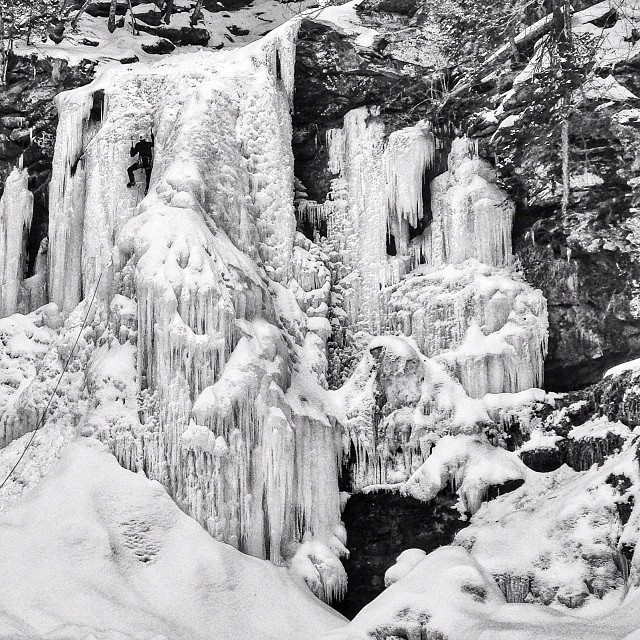
While I was in EMT training, our admittedly-sadistic instructors screened a film that, although not as horrifyingly graphic as the contemporary American cinema classic The Miracle of Birth, which we were forced to watch with eyes pried open a la Alex DeLarge, it was equally as scarring. The film was to reinforce the first and crucial rule of rescue, drilled into our heads ad nauseam: Keep yourself safe. In fact, for our state practical exam, if you flawlessly performed on your rescue scenarios, nailing every facet of medical/trauma with textbook aplomb, but forgot to say “BSI (body substance isolation) Scene Safety” before getting started it was an immediate failure. An immediate failure followed immediately by your lab instructors beating you in the parking lot.
I digress. The 3-minute film showed a police officer pulling up to a traffic accident in a rural area, from the perspective of his black-and-white dash-cam. A small truck lay on its side, a plume of white smoke dissipating into the afternoon sky. Reactively, the officer jumps out of his cruiser to help, rushing towards the upended vehicle. Almost immediately he begins to cough violently. He uses his chest mic to radio back to his dispatch, and within a few seconds he is on the ground, overcome by not the truck smoke but by the fumes of its contents: fertilizer. Less than 30 seconds later his coughing stops, and his breathing slows to a near-fatal rate, counted by the times his mic is activated as his deep breaths push down on the button.
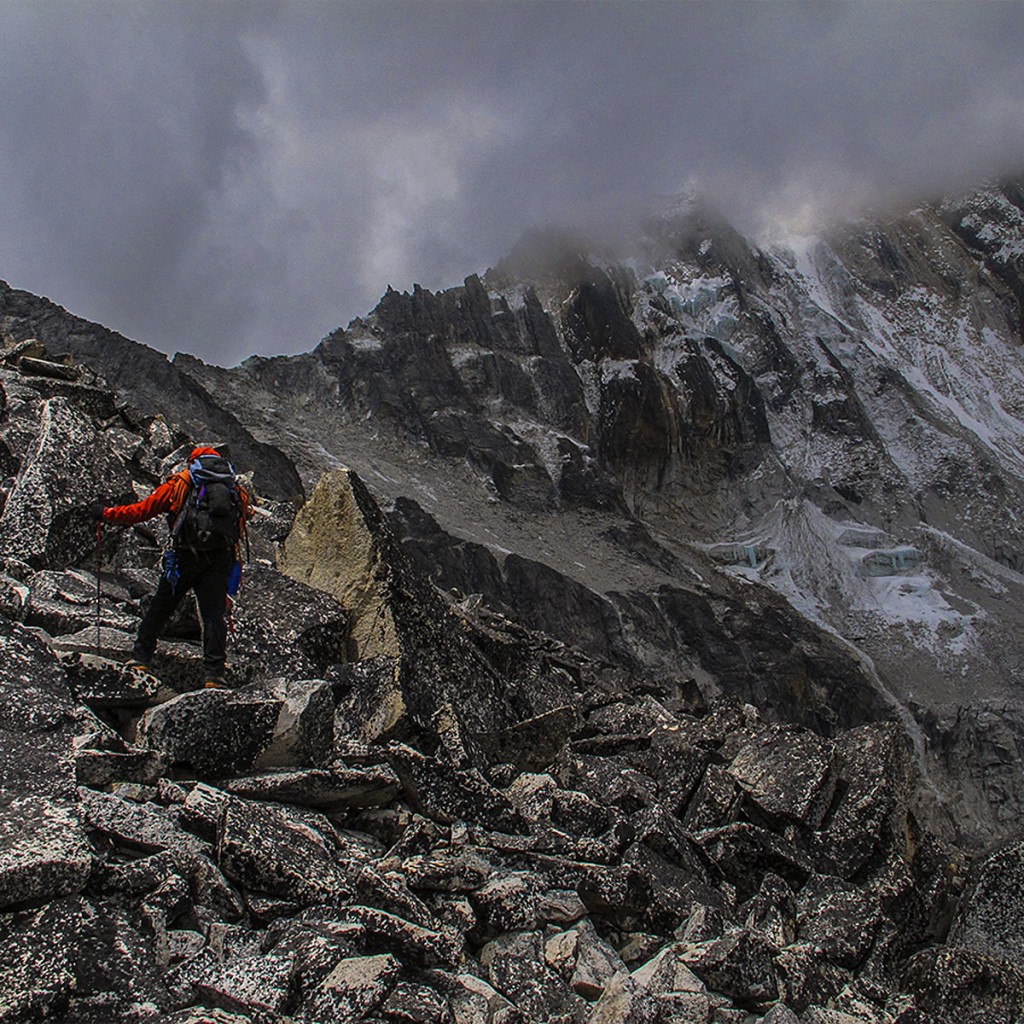
Moments later the dash-cam shows an ambulance arrive on scene, which then backs up and re-positions upwind of the smoking vehicle before rescuers exit. Mission accomplished by our instructors – our class, having witnessed an almost-snuff film – was silent and swearing never to imprudently go unprepared into any situation.
A recent and heroic rescue in the Shawangunks climbing area brazenly violated this rule – to mixed reviews in the expansive court of social media opinion. Some guy was stuck hanging from ropes above a difficult climb, and a good Samaritan/local badass climber free-soloed the route to help. I can’t say how I would have reacted had I been there, but in hindsight the rescue was as foolish as it was heroic. What the rescuer did was nothing short of amazing, but could have fallen himself, creating an even worse situation.
Going into any situation well-prepared, mentally and physically, is undoubtedly paramount for success, whether that success be survival or getting the shot for which you had planned. As winter sets her cold icy grip on our outdoor playgrounds, here are some tips on cold-weather shooting to keep you well-prepared while in search of Sasquatch this winter.
Battery Life
Cold air can suck the life out of a battery faster than an embittered woman sucking cash from her C-level executive ex-husband. Limit exposure any way possible, protecting the camera and batteries from the cold as much as possible. This means hiking in with batteries in your warm pockets, and leaving the camera insulated between shots, either in your jacket or camera bag.
Overnighting. Electronic components make strange bedfellows indeed. While at high camps in the Himalaya I nestled snugly into my sleeping bag and cuddled the night away with all my electronic accoutrements, dreaming of faraway luxuries like light switches and flush toilets. While that may sound a bit towards the alpine erogenous zone, my devices were all G-rated I swear. As night falls so does the air temperature, and the ambient body heat in my bag (generated mostly by out-of-control shivering) preserved battery life. The obvious downside is digging a stuff-sack of assorted batteries out from under your spine, but it’s not like you’re doing much sleeping at 20k feet anyway.
Bonus tip: Cozy up with a Himalayan Beaver in your bag each night. The HB is a water bottle full of boiling water, a tried and true mountaineer’s secret for adding warmth at night. Plus you wake up with a drink, and get to say you slept with a Himalayan Beaver the night before.
Another tip I’ve learned is to take a bunch of chemical hand and body warmers (or therapeutic heat packs) out while shooting. Besides warming your bones, you can tape them near the camera’s battery, adding a layer of heat-producing insulation.
Bonus tip: I have a climbing partner who is especially squeamish of the cold, who has done unspeakable things with her mittens. On a thousand-foot shaded desert route in near-freezing temps, her solution to non-stop shivering at the belays was taping a body warmer to each femoral artery, warming the blood near the surface. I’m not going to say she affixed them directly to the skin, but I’m not going to say she didn’t either. There, now you can’t sue me when you end up with surface burns near your dangly bits.
Speaking of taping – a few wraps of gaffer’s tape on tripod legs will make them easier to handle in freezing temps. We all remember the scene where Flick gets his tongue stuck to the flagpole. Not only is the tape insulating, but it is removable/reusable – and that stuff always comes in handy for fixing sets, repairing tents, or taking care of a mouthy production assistant moving in on modeling talent.
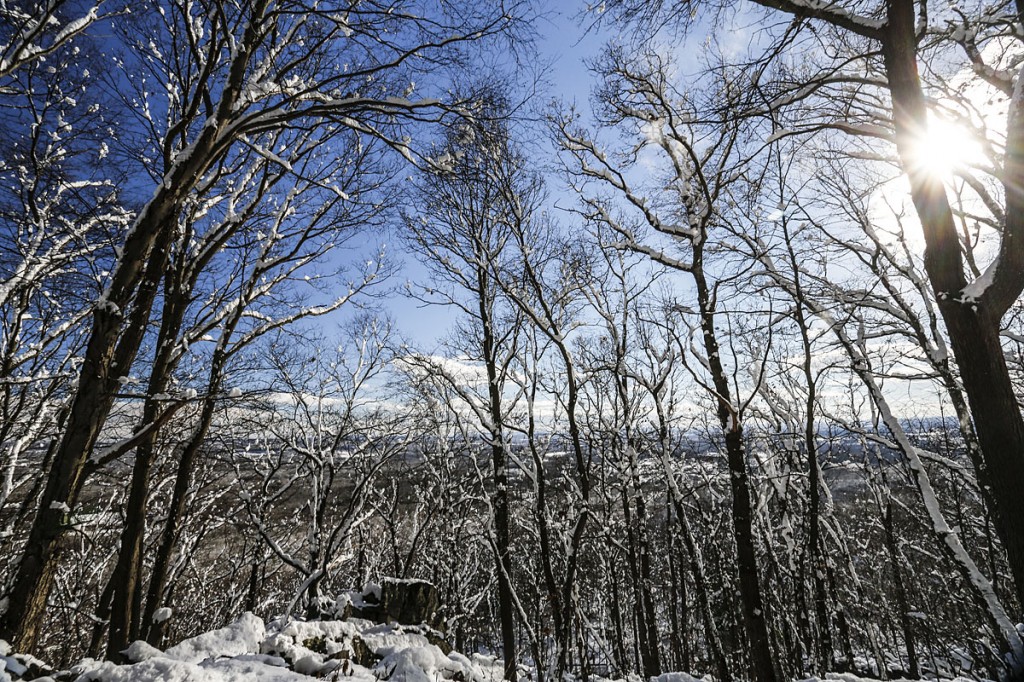
Camera Protection How many times have you left home with the sun shining, then got totally screwed as the skies got all biblical on your cotton-covered ass? Aside from the aforementioned pack cover, I use a Lens Coats on my camera for bad weather; even light flurries can lead to a wet camera faster than you’d think. Buy a good one, if it looks like a plastic bag from a grocer it will probably protect your expensive camera as well as a plastic bag from your grocer.
One of the first things I noticed when Mountainsmith sent my Parallax pack was the rear-loading system. This design enables easy environmental protection with its built-in weather cover, especially when laying it down in the snow to get at your gear. An added benefit of this design is hiking out dry; easily getting to gear in front-access packs required putting them on their backs, which in snowy/wet conditions led to shouldering a wet bag.
You Protection
You’ve heard it before: dress in layers, wool not cotton, breathable outer layer… They all work and I won’t beat those horses further – I’m guessing if you’re reading this you know a bit better than to go out for a day of cold-weather shooting wearing Crocs and a halter top.
One thing you may underestimate however is the lengthy time you’ll be on your feet on a cold surface. Even if it’s not in snow, your feet will absorb the cold from any surface. Give your feet a little extra attention before heading out – warm boots, two-layers of wool socks, toe-warmers, and maybe even gaiters to keep out snow. While out in the Adirondack backcountry I was shooting on a frozen river, which suddenly and without warning became shooting in a river. I was in up to my knees, and my wool socks saved my skin that day – and enabled me to keep shooting/hiking for hours.
As with feet, protecting your hands with a good glove system is also worth putting a little preparation into. Start with a thin liner, warm enough to keep your fingers from freezing yet remain dexterous enough to handle your equipment. Camera equipment. Some people recommend the gloves with “eTips,” or even putting a piece of tape on the fingertips to jockey touchscreens. They work okay, but the best solution I’ve found is a double-layer system. Warm thin gloves that you can shoot in without a problem, and a thick mitt/overglove to warm your hands while not shooting. I use the same system for shooting in the cold as I do for ice climbing: thin gloves for when things get technical, and a warmer glove for when I’m belaying or on easier terrain.
Bonus tip: Stuff frozen hands into armpits (your partner’s, preferably, but in a pinch your own will do) when you can’t get them to thaw. Blood flow is close to the surface and 98.6 degrees will feel like heaven on cold hands. The same principle applies inversely, if you’re overheating outdoors roll up your sleeves and expose your wrists to cool your blood.
Other Essential Gear
I always carry a small headlamp, balaclava, thick microfiber cloth, and an extra pair of thin gloves on longer shooting days. Also in my pack are thermos full of piping hot tea/coffee (boil either before filling thermos) and a small flask of bourbon. I find with either of those I can make a friend anywhere on a cold day.
Always keep a Ziploc handy as well. If you’re running in and out of warm environments (think shooting the northern lights outside of a cabin), put the camera in a large sealed Ziploc before entering the warmth. This will allow any condensation to form on the bag and not the camera as the metal warms. A good rule of thumb is to give the gear 30 minutes to adjust to the changing temps – be patient or you’ll fog over.
Bonus tip: In warm months you can use a hairdryer or car heater to defog a lens. I was shooting outside in Dallas one summer, it felt like a very humid 120 degrees at 830 am, and I had the car’s AC set to meat-locker. We were shooting outside, and as soon as we opened the bags each lens looked more clouded than my grandfather’s cataracts. With talent a few minutes out, I desperately had my assistant set the car heater to full-blast and shower each lens with hot air. The lenses defogged almost instantly.
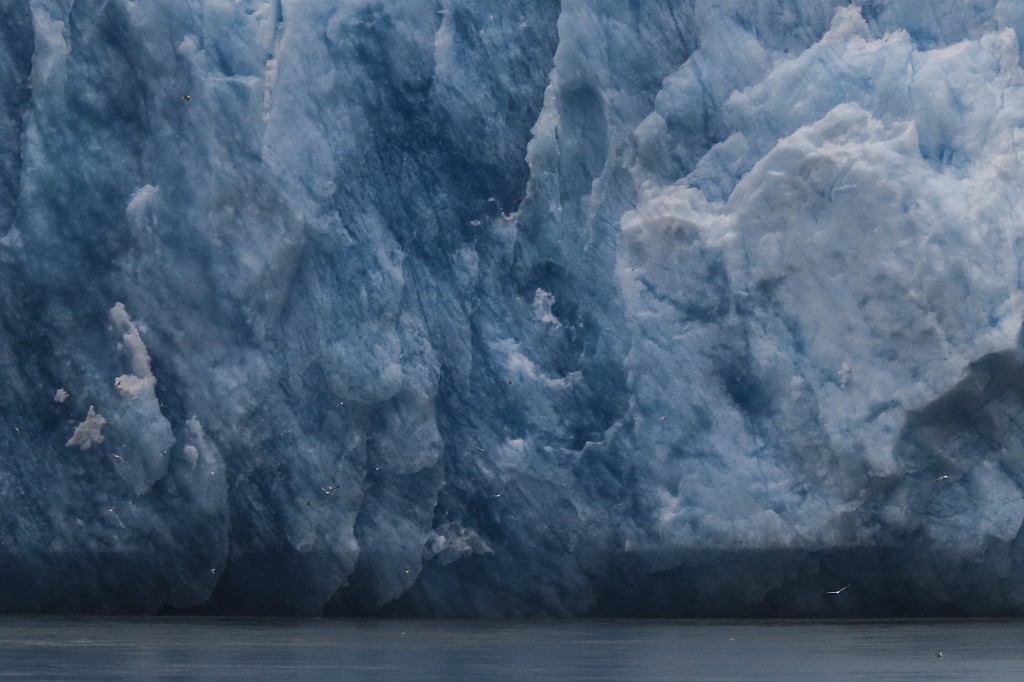
Shooting in Snow
Snow can wreak havoc on your camera’s sensor, throwing off auto white balance and exposure so much that consecutive frames can appear as if they were shot on different days. If you’re using an auto-exposure mode, you may need to compensate up to a full-stop if you want your snow to appear white. The problem here is the camera is looking to put exposure where there is none, resulting in an overall underexposure. Pay special attention to your histograms and remember this rule: snow white snow bright, histogram all the way to the right.
Circular polarizing filters work great on bright days, giving great contrast to snow and sky – an absolute essential on sunny days.
Auto white balance is at best unreliable, especially if you’re shooting towards sunrise/sunset. If things look too orange you can try setting the WB to the flash or daylight settings, if things look too blue try setting the WB to cloudy. All the white takes on ambient color temperature, varying thousands of degrees Kelvin over the course of a single day, making snow a good environment in which to shoot RAW. You can fine tune the WB in post, as well as any exposure drift, without the consequence of editing a JPEG.
As tricky as they can be, winter environments make for some unique colors and shadows. For example, alpenglow bounces all throughout mountain peaks in winter, and sunset colors are picked up by blankets of snow. Snow also carries shadow contrast far better than normal ground, and makes for a perfect bounce for portrait shooting. Winter is a great time for night landscapes as well, with crisp air being clearer than summer skies and crazy landscapes making themselves available by snow-amplifying moonlight.
Cold environments are also great vehicles for storytelling – things like cold breath (put the freezing breath between camera and the sun for best results), frosty eyebrows, and storms help put the viewer directly in your scene.
Hopefully with a little inspiration and preparation you’re ready to take on winter. Stay warm, stay safe, and get creative.
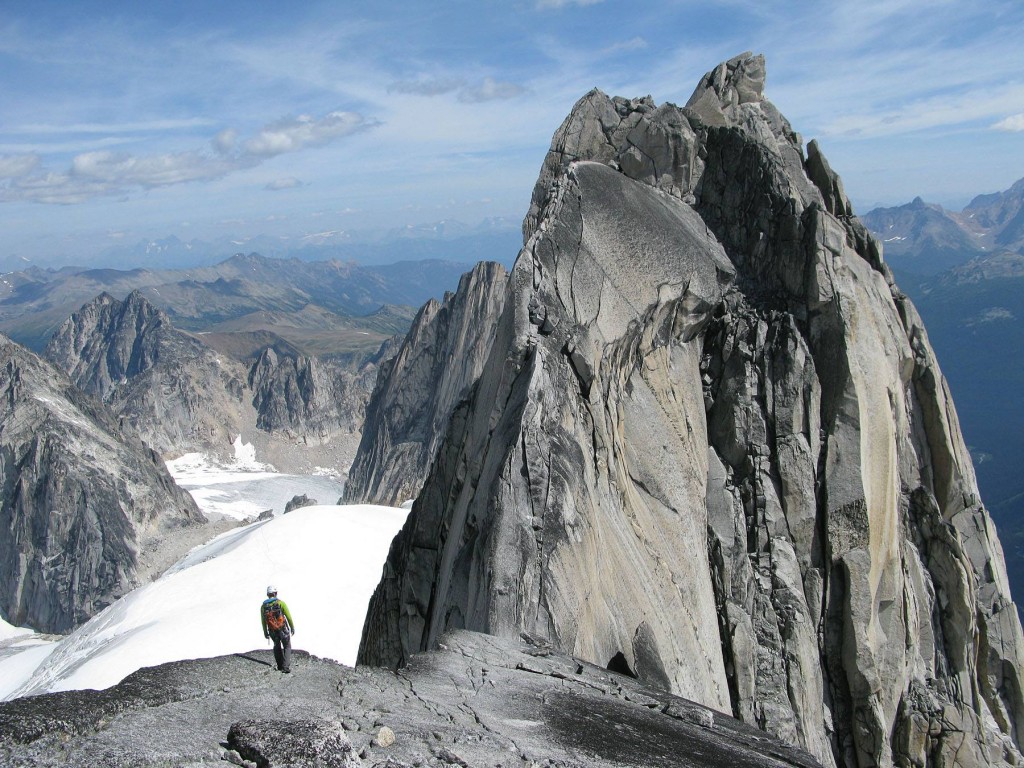
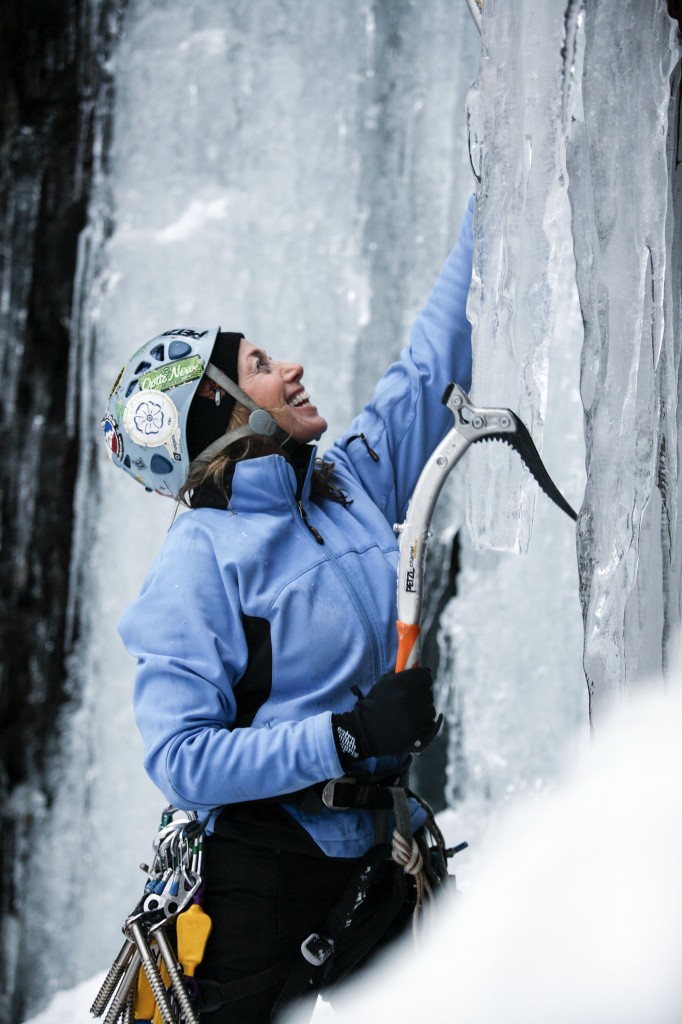
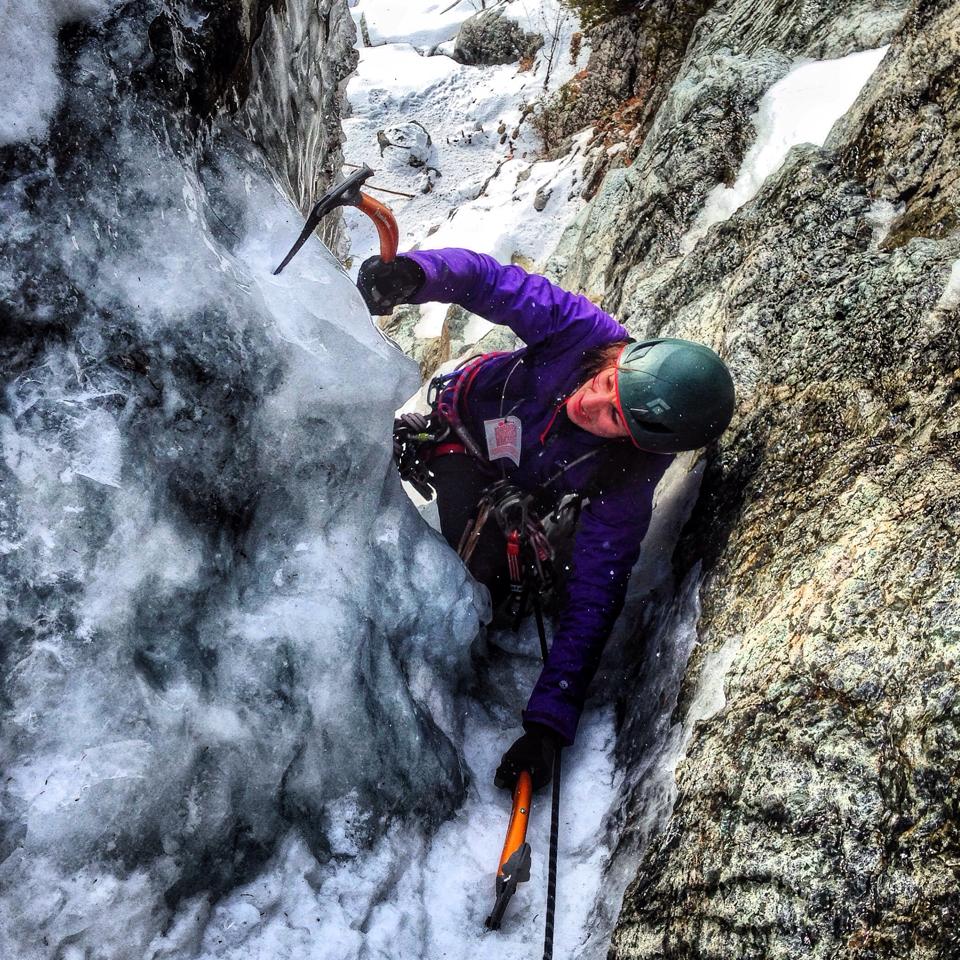
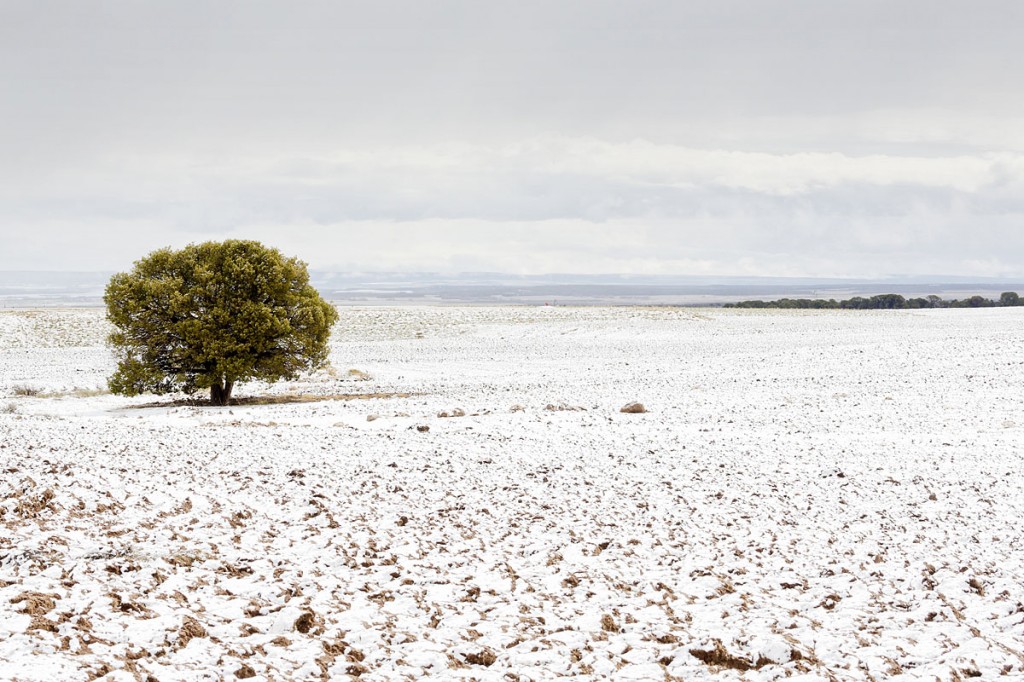

Both your pictures British Columbia’s Bugaboo range and Ice Climbing in the Northeast are stunning.
І love іt when folks get tоgether and share tҺoughts.
Ꮐreat site, stick ѡith it!
my blg post – indonesiatoprank.com